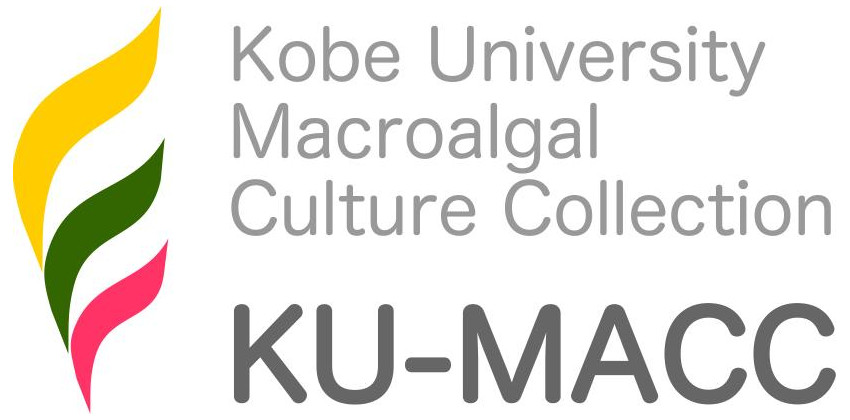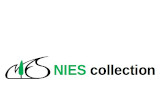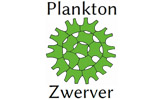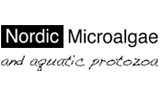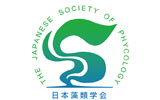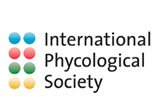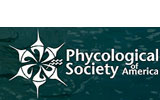Mucopeyssonnelia D.L.Ballantine & H.Ruiz, 2025
Holotype species: Mucopeyssonnelia westii D.L.Ballantine, H.Ruiz & J.N.Norris
Publication details: D.L.Ballantine & H.Ruiz, 2025: 138
Original publication and holotype designation: Ballantine, D.L., Norris, J.N. & Ruiz, H. (2025). The marine benthic algal flora of Puerto Rico, IIIA. Rhodophyta excluding Rhodymeniales and Ceramiales. Smithsonian Contributions to Botany 121: [i]–x, [1]–182, 136 figures.
Precise date of publication: 28 May 2025
Description: Dorsiventrally organized thalli are crustose and possess hypobasal calcification. The hypothallus consists of a network of filaments composed of axes of large veinlike cells (primary hypothallus) that give rise to smaller-diameter filaments (secondary hypothallus) that are cut off at acute or 45° angles such that they are initially parallel to each other. The primary hypothallus filaments, when observed from below, are irregularly unilaterally branched. Secondary hypothallial files ultimately form flabellate arrangements The primary and secondary hypothallus filaments collectively form a single prostrate hypothallial layer. All hypothallial cells produce a single coxal cell that gives rise to files of erect perithallial cells. Perithallial cells are not laterally coherent and are embedded within a copious mucilage. The apices of perithallial filaments are covered by a membrane-like structure, and groups of perithallial filaments frequently arch toward a common point. Reproductively, only male gametophytes are known; spermatangia are cut off in small irregular clusters by perithallial apical cells.
Origin of description: this description is from the original publication; it may have been modified slightly. The most recent alteration to this page was made on 2025-05-29 by M.D. Guiry.
Taxonomic status: This name is of an entity that is currently accepted taxonomically.
Gender: This genus name is currently treated as feminine.
Comments: Mucopeyssonnelia is easily placed into the Peyssonneliaceae by its possession of a hypothallus whose cells gives rise to a coxal cell that, in turn, gives rise to perithallial filaments. However, the new genus is unique among Peyssonneliaceae genera in having large prostrate filaments of veinlike cells (the primary hypothallus) that produce second-order hypothallus filaments, the joining of surface cells from nearby perithallial filaments, the at least partial membranous covering of perithallial cells, and the extreme mucilaginous nature of the thallus.
Verification of Data
Users are responsible for verifying the accuracy of information before use, as noted on the website Content page.
Contributors
Some of the descriptions included in AlgaeBase were originally from the unpublished Encyclopedia of Algal Genera,
organised in the 1990s by Dr Bruce Parker on behalf of the Phycological Society of America (PSA)
and intended to be published in CD format.
These AlgaeBase descriptions are now being continually updated, and each current contributor is identified above.
The PSA and AlgaeBase warmly acknowledge the generosity of all past and present contributors and particularly the work of Dr Parker.
Descriptions of chrysophyte genera were subsequently published in J. Kristiansen & H.R. Preisig (eds.). 2001. Encyclopedia of Chrysophyte Genera. Bibliotheca Phycologica 110: 1-260.
Linking to this page: https://www.algaebase.org/search/genus/detail/?genus_id=55711
Citing AlgaeBase
Cite this record as:
M.D. Guiry in Guiry, M.D. & Guiry, G.M. 29 May 2025. AlgaeBase. World-wide electronic publication, National University of Ireland, Galway. https://www.algaebase.org; searched on 06 June 2025
 Request PDF
Request PDF